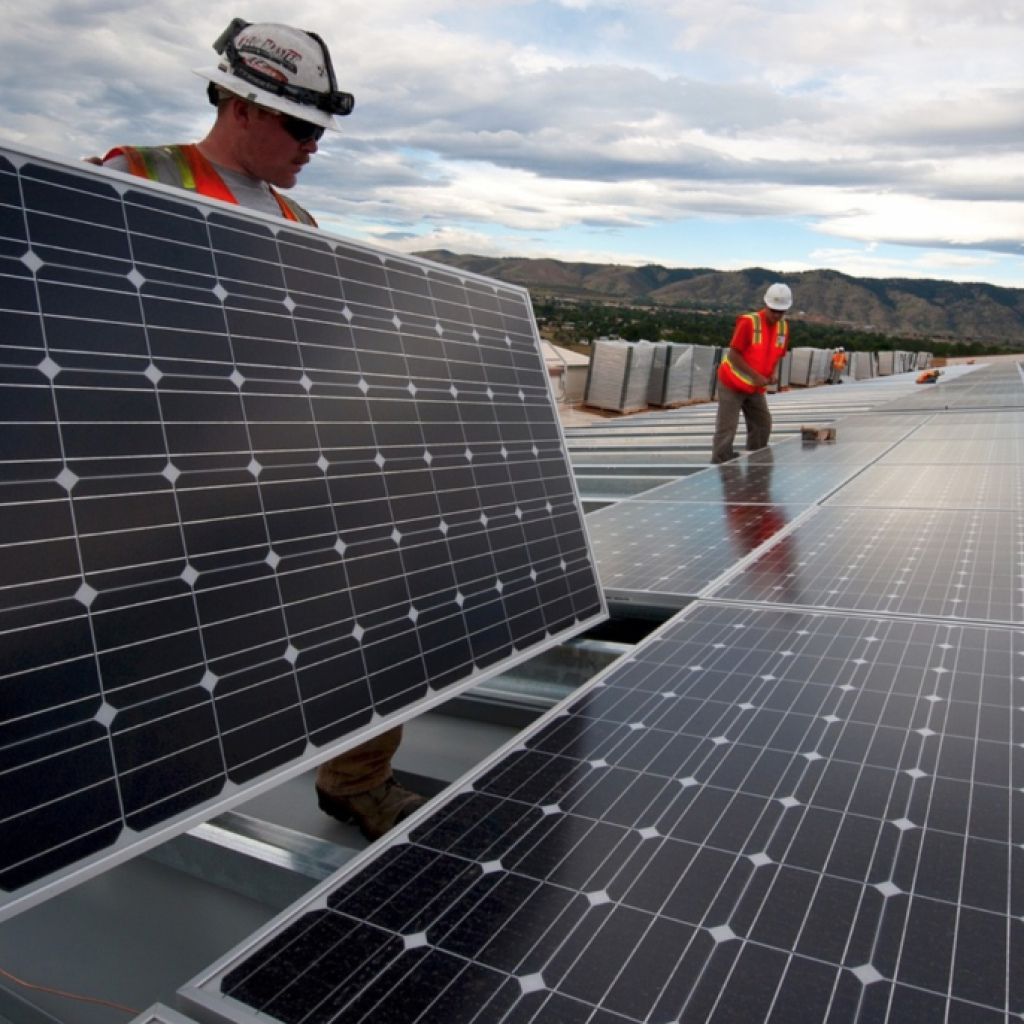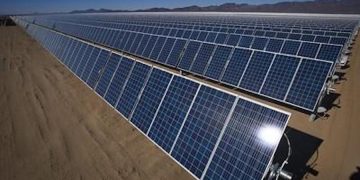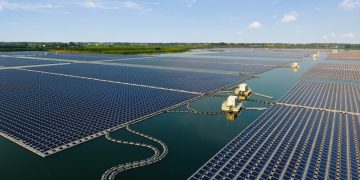The New England state notorious for groundbreaking innovation in healthcare and technology is finding itself behind close peers like New York and New Jersey, leading many to speculate what strategies will put them back on the map.
Here’s a quick rundown for investors with portfolios involved in the Commonwealth, including the 2017 SMART program.

New reports are putting pressure on the Massachusetts state government to further incentivize energy goals related to solar expansion due to reports that the state is beginning to severely lag behind its neighbors in overall production.
Despite set goals and various partnerships with top energy providers, the Commonwealth has failed to grow the solar sector in terms of employment, as new data shows that solar jobs fell by 30% between 2015 and 2019.
A top voice leading the push for further efforts by the state is pro-solar activist group Vote Solar, whose scathing report characterized “inconsistent policies†as the obstacles slowing the growth of solar employment in a region that is known to be a leader in renewable energy and technology.
In addition, solar industry organizations like SEIA and ASES have put out numbers on Massachusetts’ slow growth and how the state could improve policies and guidance for the solar industry to further develop and for job growth to occur.
According to an intensive report from the Solar Energy Industry Association (SEIA), Massachusetts generates 12.59% of all electricity from solar, showing extensive room for growth. The Commonwealth is projected to produce 1,488 MW over the next five years, landing 18th within the state rankings in terms of predicted output.
Among the enumerated priorities from SEIA is further control by the state on minimum monthly reliability contribution (MMRC) proposals. The growing fees associated with MMRC on new solar customers are one of the larger complaints that solar groups and industry experts point to as a poorly designed system that’s slowing MA’s job growth.

One of the states ahead of Massachusetts is their neighbor New York whose government has set out with various incentives including the NY Sun-Solar PV Incentive Program that has helped put the Empire State in the top ten in the nation for installed solar capacity. On the contrary, Massachusetts ranked top three in the states that lost the most solar jobs in 2018, bringing further pressure from groups like Vote Solar for the state government to connect with businesses and communities and increase solar expansion.
One of the ways Vote Solar suggested Massachusetts boost its solar industry and further installed capacity would be an increase of the Solar Massachusetts Renewable Target (SMART) program goals to 4,800 MW (an increase of 3,200 MW overall) to further meet the state’s clean energy deployment goals set back in spring 2017 by the Division of Energy Resources (DOER).
The issue has been gaining interconnectedness between investors, companies, and the state government in order to drive growth, and in the meantime, job numbers have dropped. Massachusetts must get back on track by raising the bar in terms of energy output and increase communication between investors and solar manufacturers to create a brighter Commonwealth and drive growth at a time in which solar is rapidly expanding across the rest of the country.









